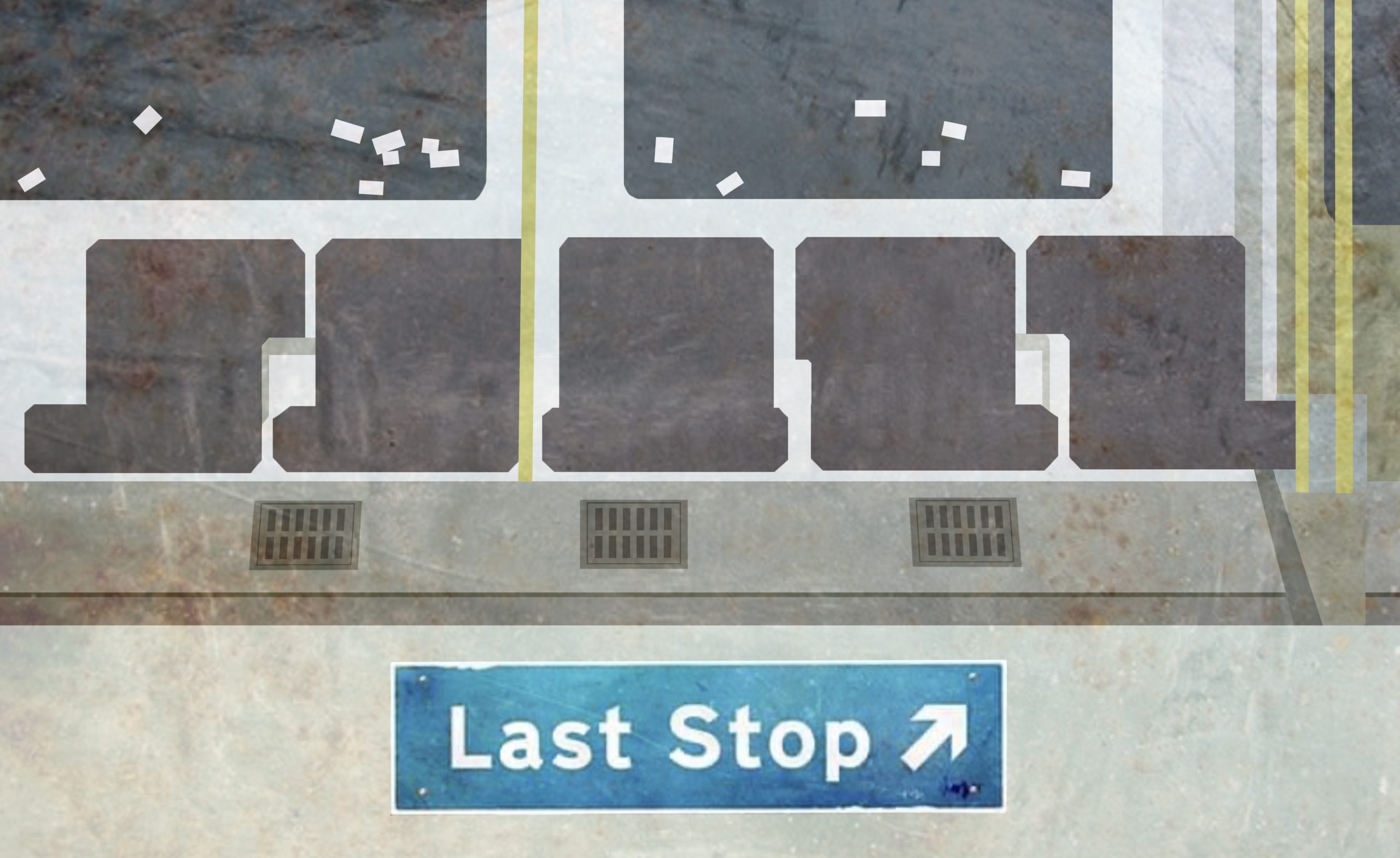Illustration by staff illustrator Sakura Siegel.
Pass The Controller* is a Slice of Culture series where we highlight video games, both AAA (blockbuster) and indie. Llanes will share honest and balanced opinions on what could be your next favorite game as well as some random tips every now and then!
In the 80s and 90s, the “Choose Your Own Adventure” books were at the peak of popularity.
These were books that had multiple endings based on the reader’s decisions. Starting in 2010 there has been a sub genre of games that served as a “spiritual successor” to these books.
There isn’t an established name for this genre, but they all share similar traits. Games such as “Heavy Rain” and “Until Dawn” mainly consist of a story playing out with the player making choices for the protagonist and seeing the consequences of their actions, just like a “Choose Your Own Adventure” book.
This sub genre has so many variants, that there are now titles where the player’s choices do not matter and the game pretty much becomes one long, somewhat interactive movie.
Two titles that capture the feeling of an interactive movie are “Last Stop” and “13 Sentinels: Aegis Rim.” Both games are similar, but one truly takes advantage of the medium of video games.
Last Stop – A Supernatural Adventure
“Last Stop” is developed by Variable State and published by Annapurna Interactive. The story follows three people in London all going through supernatural experiences that are loosely tied together.
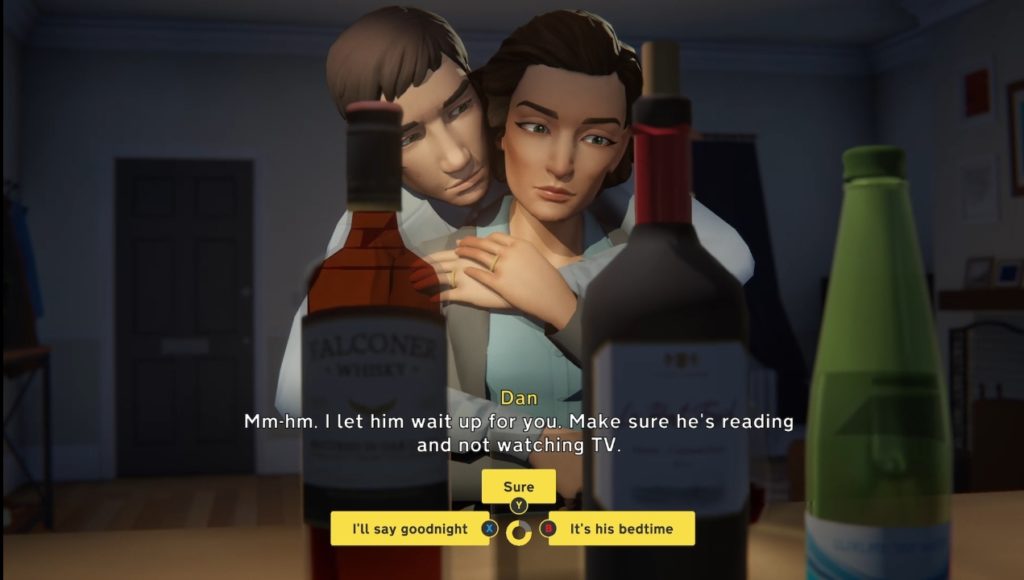
John is a middle aged father who switches bodies with his younger and healthier neighbor.
Mena is a woman attempting to balance her job at a top secret agency, her family life and other hidden obligations.
Donna is a student who becomes involved with a stranger who seems to possess mysterious abilities.
“Last Stop” is a game where choices don’t matter. However, it constantly acts like it does.
Nearly all the dialogue options are extremely similar and give off this false illusion of choice. Almost every dialogue choice leads to the same outcome.

In each of the six chapters you’re given the option of which character you would like to play as first, but that choice does not matter much either as these stories don’t overlap until the epilogue.
It’s as if “Last Stop” could have been released as a miniseries and it would still feel like a similar experience.
The only choices that truly affect the story are the ones made towards the ending, a common gripe in “Choose Your Own Adventure” games.
Aside from making pointless dialogue options, Variable State had me do other mundane tasks such as walking… a ton of walking, which gets surprisingly frustrating at times.
The fixed camera angles and invisible walls make it frustrating to traverse the city of London.
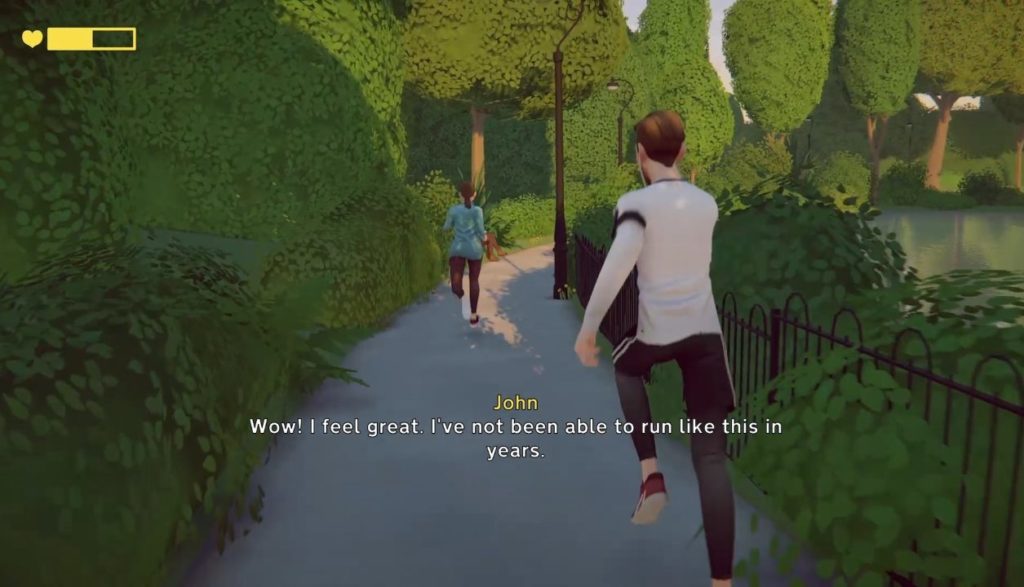
The final chapter of the “Last Stop” begins with a huge revelation that completely changes the atmosphere of the story.
Unfortunately, this huge twist is not explored very deeply. I actually wouldn’t mind the game going on a bit longer to fully develop the story and characters.
Overall, “Last Stop” was a bit of a letdown.
The story introduces many interesting concepts and most of the characters were pretty likable. Unfortunately, none of these things are explored in depth.
I’d recommend this game if you’re looking for something new to try on Game Pass or any other service in which the title becomes free.
13 Sentinels: Aegis Rim – Giant Robots, Time Travel, and Yakisoba Pan
“13 Sentinels Aegis Rim” is published by Atlus and Developed by Vanillaware. Going deep into the to this game would make me look like a conspiracy theorist.
But here’s a very basic premise.
There are these 13 high school students in Japan, each one somehow having access to these time traveling mechs called Sentinels, hence the title.
Throughout the 40-ish hour playthrough, these students travel from their respective time periods to explore the past and future.
This game has many similarities to “Last Stop.”
- Both games mostly fall into the “interactive movie” genre.
- They follow multiple protagonists with connected storylines.
- And in both games, choices generally do not matter.
What works so well about “13 Sentinels” is how the story can be paced and how well it balances so many protagonists.
Unlike “Last Stop,” the writers really took their time to flesh out the characters and the world building.
There are a wide variety of characters, most of which are likable such as:
Ei Sekigahara who is a wanted criminal from the future who wakes up in the 1980s with amnesia.
Natsuno Minami who is a high school student who discovers an alien-robot, named B.J., and must protect him from these secret agents.
Takatoshi Hijiyama who is a young soldier fighting in Japan’s military during WWII. He finds himself in the 1980s as well, coming to terms with the fact that his country lost the war and appreciating the food of the new world, specifically yakisoba pan.
These are just some of the interesting stories told in “13 Sentinels.”
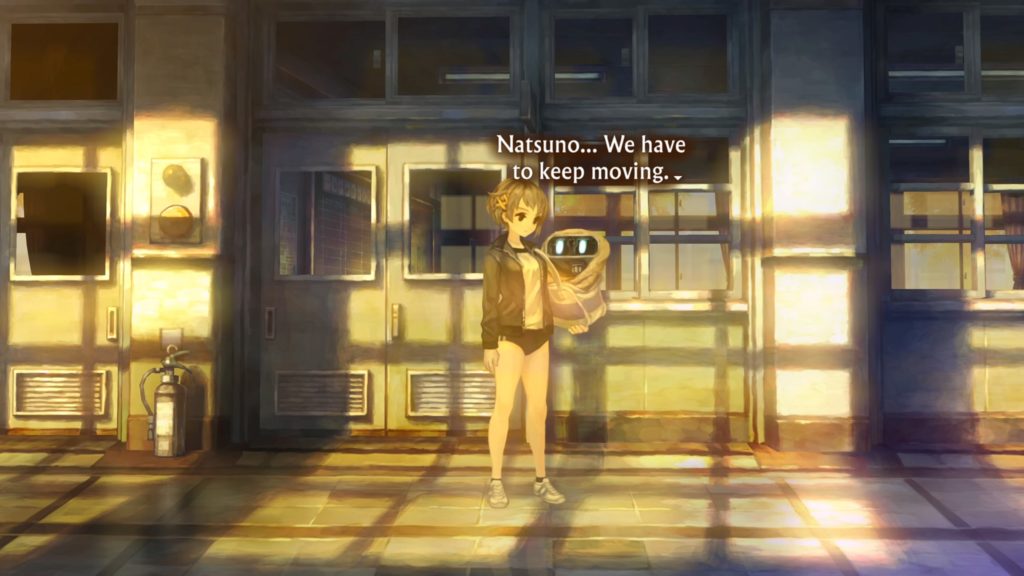
And all these stories combine the sense of adventure of a Steven Speilberg film with the crazy and deep science fiction concepts of a Christopher Nolan film. This whole game is like one big homage to the science fiction genre.
Another thing I love is how unpredictable this game gets as well.
Nearly every other hour I think that I have the plot figured out, but the writers would drop one big twist after another.
Just like “Last Stop”, dialogue options do not affect the story. This works in “13 Sentinels” because it’s upfront about the illusion of choice.
Though Vanillaware still takes advantage of the video game medium by giving players the ability to switch characters in between chapters and play through this story out of chronological order.
The game becomes similar to the Christopher Nolan film “Memento,” another story told out of chronological order. Piecing together the chapters becomes one addicting jigsaw puzzle that would stick with me even when I was away from my console.
And on top of that, the writers managed to wrap everything up in a pretty satisfying ending
In between watching this amazing story play out, this game also has its fair share of walking segments. It’s handled a lot better than “Last Stop.”
Most of “13 Sentinels” is played in a 2D perspective. Not only is it easier to traverse the various areas, but it gives off the feeling of watching a play.
This camera perspective gives players the chance to appreciate the beautifully designed backgrounds.
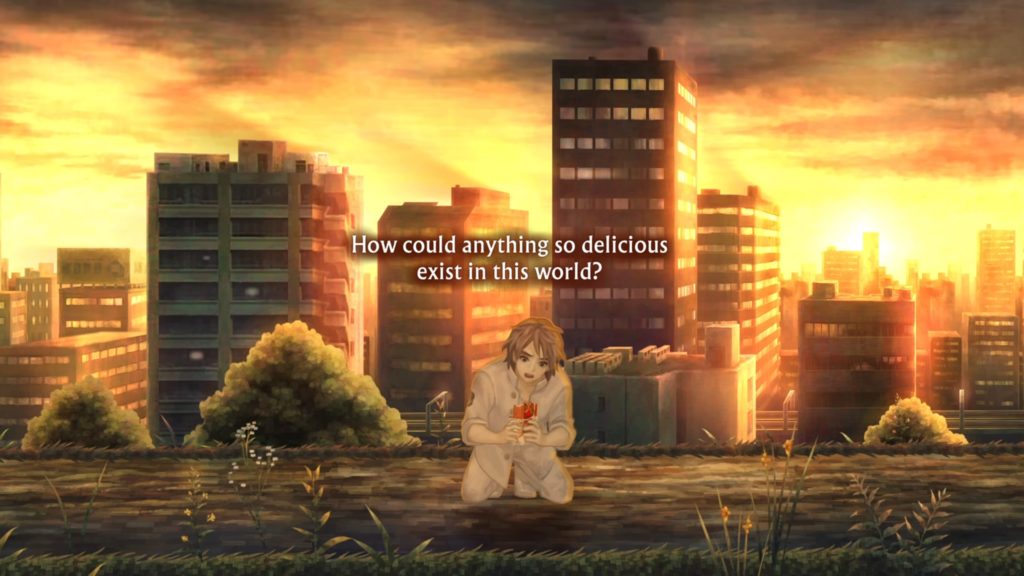
On top of that, there are segments where players get to control the Sentinels to fight kaijus. During these sections, the camera switches to a top down camera perspective and it becomes a strategy game.
There isn’t a whole lot of skill required to complete these levels and they are relatively brief. This is slightly disappointing as controlling these Sentinels became more fun as the game went on.
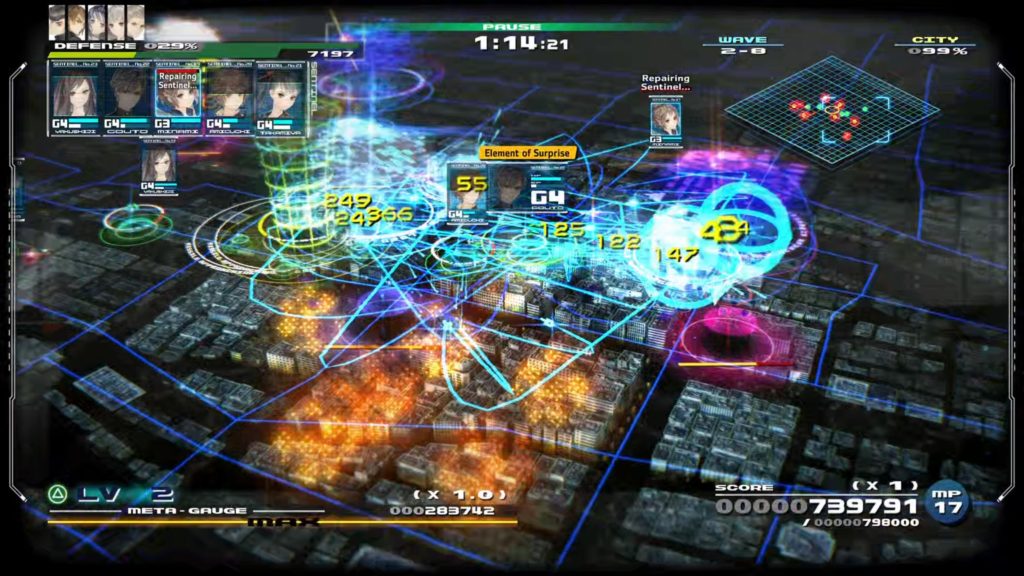
Despite this title being roughly 40 hours long, “13 Sentinels: Aegis Rim” managed to pull me in and keep me hooked from beginning to end.
This may be one of the most ambitious games that I’ve played and its narrative blows away anything that Hollywood has put out in the past few years.

